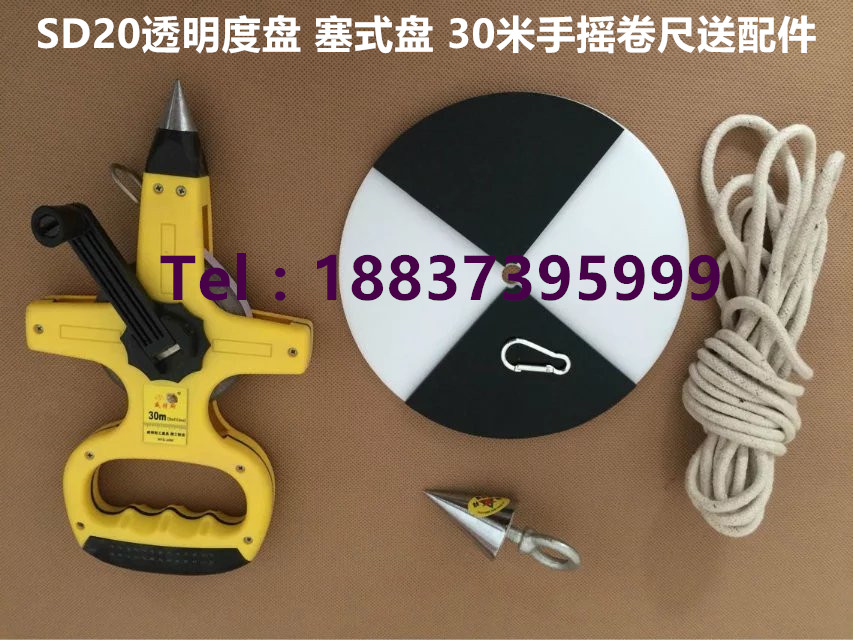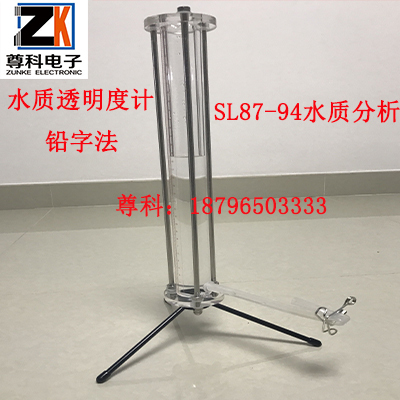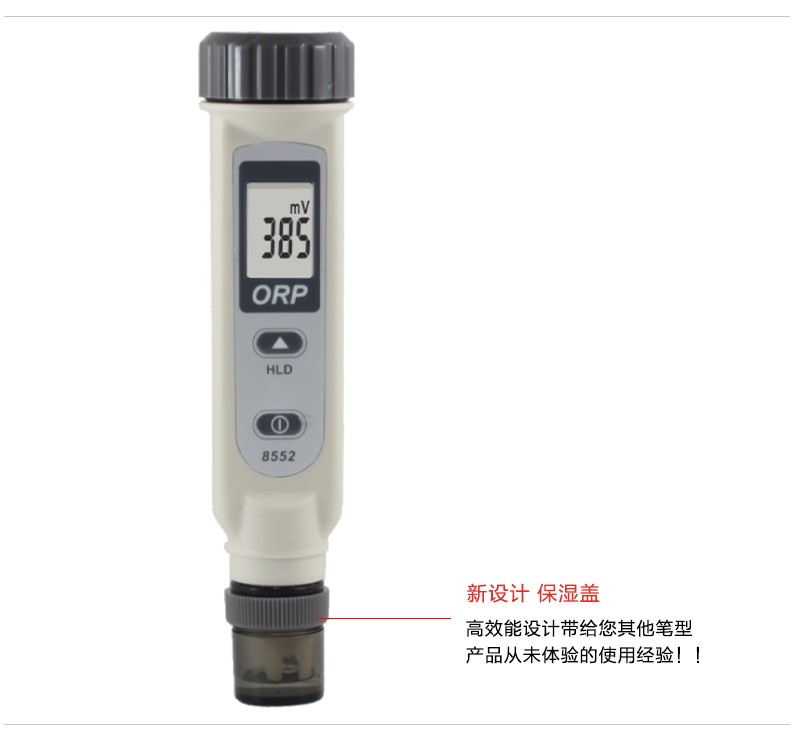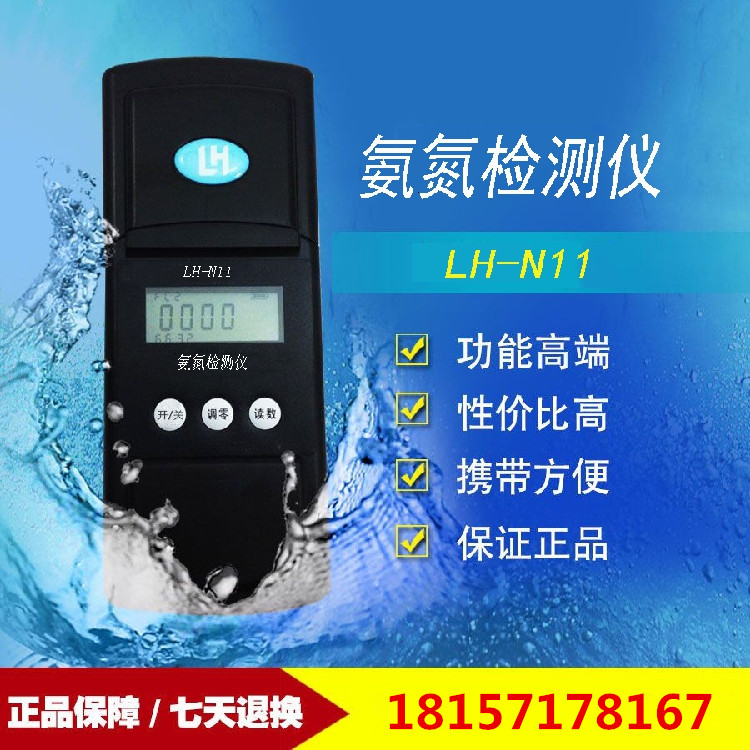In 2015, Chinese government launched an ambitious regulation "Action Plan for Water Pollution Prevention and Control". In which, according to the central government, the "black and smelly river" in provincial cities will be eliminated by the end of 2017, will be controlled within 10% in prefecture-level cities by the end of 2020, and will be cleaned up in all cities by the end of 2030.
This is a pretty big thing, we heard governmental actions often, and do notice the government have put a lot of effort on it.
As I live in Guangzhou -- the capital city of Guangdong province, which should have no black and smelly rivers by the end of this year according to the regulation, we are curious if this is really going to happen.
According to the "Guidelines for black and smelly river control", the black and smelly rivers are distinguished by 4 parameters: Transparency, Dissolved Oxygen, ORP, and Ammonia, here is the original content:

I translated as below:
| Parameters (unit) | light black and smelly | heavily black and smelly |
|---|---|---|
| Transparency (cm) | 25-10 | <10 |
| Dissolved Oxygen (mg/L) | 0.2-20 | cell |
| ORP (mV) | -200-50 | <-200 |
| Ammonia (mg/L) | 8-15 | >15 |
Standerd method:

| Parameters | methods | note |
|---|---|---|
| Transparency | Secchi disk or transparency tube | test on site |
| Dissolved Oxygen | Electrochemical method | test on site |
| ORP | electrode method | test on site |
| Ammonia | Nessler reagent photometric method, or salicylic acid - hypochlorite photometric method | |
| sample should be filtered by 0.45um membrane | ||
@shizi did lots of scopings related with each parameters' meaning and the methods. Since it is too hard to translate to English, I just put some of the results we found, in order to monitor this 4 parameters. The links might be useful to whom also want to monitor the river (and it is from Taobao).
1. Transparency
it is affected by the sun height, suspended matter and plankton.

- Secchi Disk, 7 USD or 16 USD with the 30 meter band tape. Put the black and white disk into the water, until you can not see the disk, read the length of the tape.

- transparency tube, 70 USD when the river is shallow, it's better do use this.
2. Dissolved Oxygen (DO)
This is regarded as river's self-purification ability, and related with the concentrations of organic matters, ammonia, as well as pressure, temperature, etc. There are many ways to detect DO's concentration
- Cheapest way is chemical method, read color index, with less then 5 USD, you can test 50 times the detect scale is mostly 0-1-2-3-...
- Also titration method, 30 USD, 50 times this method is accurate then color reading, the detect scale is 0-0.2-0.4-0.6...
- Electrode method. easy to read the number, but expensive. normally need to preheat the machine. the most famous Chinese brand is LEICI (or INESA), costs 280USD including the probe, solution, membrane, etc also Taiwan AZ
3. ORP or Oxidation-Reduction Potential
this is a comprehensive parameter, related with many other parameters, especially pH, and DO. It has a great affect to the river microbe. When it get lower, microbial activities will change, many side effect will happen. All the testing tools we found are using the electrode way, the price vary, we currently don't know the difference.

- Taiwan AZ's pen type ORPmeter costs around 50 USD
- Taiwan AZ's handhold type ORPmeter costs 200 USD
- many ORPmeter also test ph at the same time
4. Ammonia
ammonia can lead to water eutrophication, is one of the main oxygenate pollutants, have big affect to fish and some aquatic organisms.

- Chemical method is the cheapest, 5 USD for 50 times


4 Comments
@shanlter, this is great! Have you seen the spreadsheet on the www.publiclab.org/wiki/water-sensors page? There are some other options there listed for each of these parameters, though I don't know what their availability is in China. Did the Chinese government state the methods they would use to evaluate each of these parameters? Also, did they say anything about the strategies they are using to clean up the water? Will there be stricter effluent or discharge rules? I really, really hope they can improve the water quality in rivers like they plan!
Is this a question? Click here to post it to the Questions page.
Reply to this comment...
Log in to comment
Hi @gretchengehrke, sorry for responding late, I was in a temple with no internet access in the passing week. Yes, I've seen that page and I thought I've edit a little bit :) I used to scope for different quick water test tools (in 2013), and just uploaded to a open google spreadsheet here https://docs.google.com/spreadsheets/d/1dznrZd_Zlhle5wgt622zNt5T8yxUpWeog6Nb-QQRAes/edit?usp=sharing This one is pretty comprehensive. My reference is Chinese drinking water standard and surface water standard, since the test limitations are pretty different, so I divided into 2 forms. For each items in the standard, I search for the possible testing method, in China and globally. The Chinese companies are always the cheapest. Just to note that most of the info are in Chinese (I did little translation though..), and the info might be out of date.
Is this a question? Click here to post it to the Questions page.
Reply to this comment...
Log in to comment
"Did the Chinese government state the methods they would use to evaluate each of these parameters?" yes, they state the standard methods. "Also, did they say anything about the strategies they are using to clean up the water? Will there be stricter effluent or discharge rules? " Yes, there are lots lots of regulations regarding this. The most important one is "10-point water plan" https://www.chinadialogue.net/blog/7854-China-unveils-landmark-plan-to-curb-water-pollution/en
Is this a question? Click here to post it to the Questions page.
Reply to this comment...
Log in to comment
That's so great, Shan!
Reply to this comment...
Log in to comment
Login to comment.